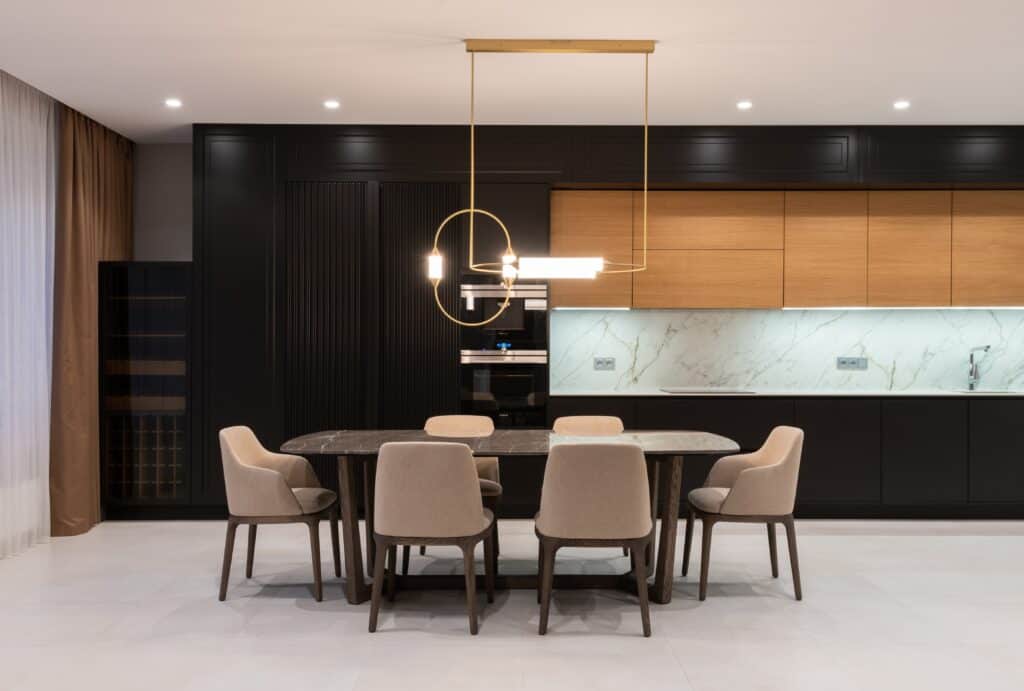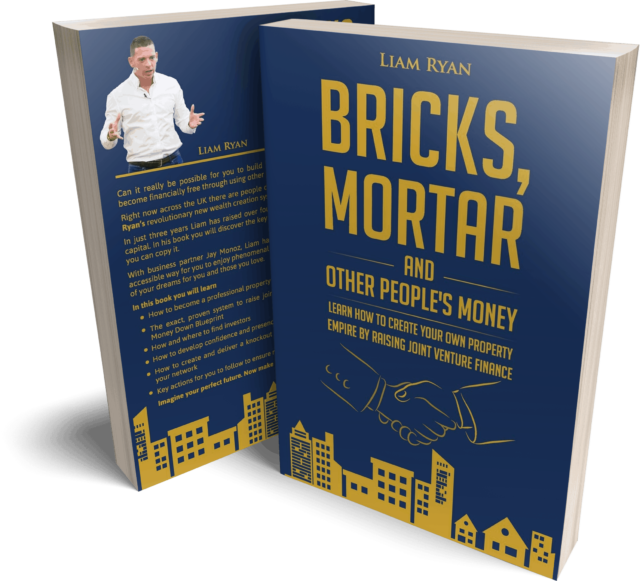Learn how to create a lodger's agreement, your legal rights, and responsibilities as a landlord in the UK.
Read MoreGreen buildings and eco-friendly designs are the key to our sustainable future. With climate change being a pressing issue, the need for sustainable architecture cannot be overstated. Sustainability is no longer just a buzzword, but a concept that has been embraced by architects all over the world. In this blog post, we’ll explore the future of green building and design and how it can benefit the environment.
Table of Contents
Toggle
Sustainable architecture is the process of creating buildings that are designed, built, and operated in a way that minimises the negative environmental impact. The goal of sustainable architecture is to create buildings that are energy-efficient and reduce emissions. Sustainable architecture integrates environmentally conscious design and construction practices in every phase of the building process. One of the main principles of sustainable architecture is to use natural resources efficiently and to minimise waste.
Sustainable architecture has a plethora of benefits, including reduced energy consumption, lower operating costs, and a healthier environment. The use of renewable energy sources such as wind power, solar power, and geothermal energy helps reduce dependency on fossil fuels. This not only helps reduce carbon emissions but also lowers operating costs for the building owners. Green roofs and living walls help improve air quality and reduce the urban heat island effect. The use of sustainable materials such as recycled steel, bamboo, and reclaimed wood helps reduce the ecological footprint of the building.
The evolution of sustainable architecture has led to some innovative ideas and trends. One trend that stands out is net-zero energy buildings. These are buildings that generate as much energy as they consume, thanks to features such as solar panels, passive design, and energy-efficient appliances. Another trend is the use of smart technology to control the building’s lighting, heating, and cooling. This helps reduce energy consumption and improve the building’s indoor environment. Living walls and green roofs are also gaining popularity as they not only beautify the building but also improve the indoor air quality.
Sustainable architecture has made significant strides in recent years, with many buildings being built around the world. One example is the Bullitt Center in Seattle, a net-zero energy building that uses solar panels, rainwater harvesting, and a greywater system. Another example is the Palestra building in Philadelphia, which uses smart technology to control lighting, climate, and other systems. Other notable examples include the Khoo Teck Puat Hospital in Singapore, which has green roofs and living walls, and the VanDusen Botanical Garden Visitor Centre in Vancouver, which is built with sustainable materials and has a green roof.
Sustainable architecture is critical for our planet’s survival. It requires architects to design buildings that are not only aesthetically pleasing but also energy-efficient and environmentally conscious. The use of sustainable materials, renewable energy sources, and smart technology is the future of green building and design. By embracing sustainable architecture, we can create a healthier environment, reduce our carbon footprint, and have a positive impact on our planet.
In conclusion, sustainable architecture is a design philosophy that promotes responsible use of resources, reduces waste, and protects the environment. It’s no longer just a trend but a necessity, given the critical state of our planet. By adopting sustainable building practices, we can make a positive impact on our planet while providing a healthy and comfortable environment for the occupants. As we embark on a sustainable future, sustainable architecture is the way forward.
If you want a copy of our online property guide, click here to get your FREE guide!
Learn how to create a lodger's agreement, your legal rights, and responsibilities as a landlord in the UK.
Read MoreDiscover top UK property investment strategies, including buy‑to‑let, renovations, and HMOs, plus tax and finance tips for new investors.
Read MoreDiscover if short-term rentals are worth it for UK investors. Learn how to invest in STRs and their pros and cons.
Read MoreLearn how to buy a business, from research to due diligence, finance and completion. Essential tips for first-time buyers.
Read More
Claim Your Free Copy
Assets For Life LTD is a company incorporated in England and Wales with registered number 09935286 and registered offices at Assets for Life Ltd, Suite 105, Waterhouse Business Centre, 2 Cromar Way, Chelmsford, Essex, England, CM1 2QE, United Kingdom.
Assets For Life LTD is registered with the Information Commissioner’s Office, with registration number ZA280607
COPYRIGHT © 2024 ASSETS FOR LIFE, ALL RIGHTS RESERVED. WEBSITE BY AMPLIFY MARKETING